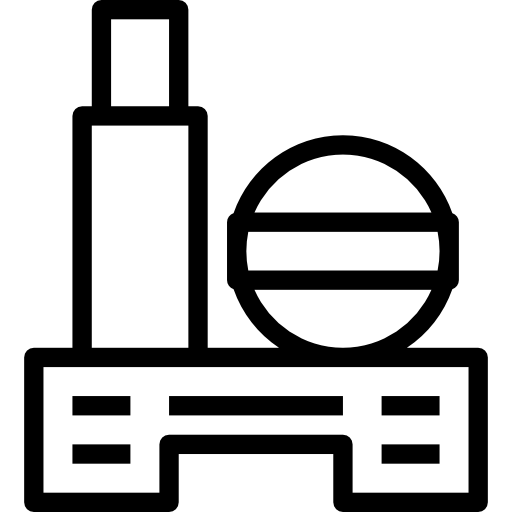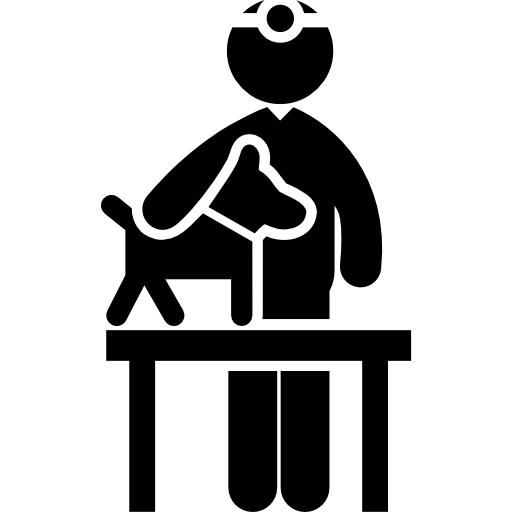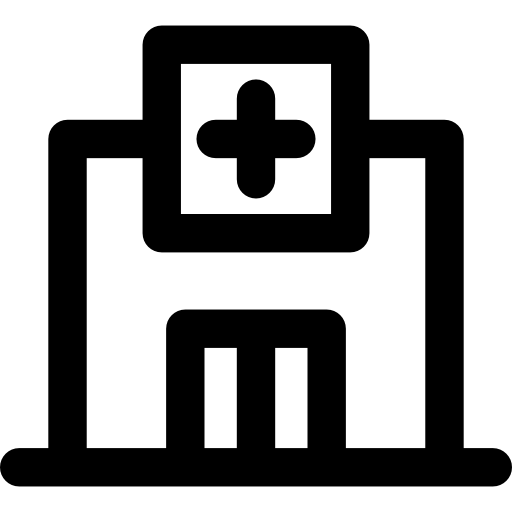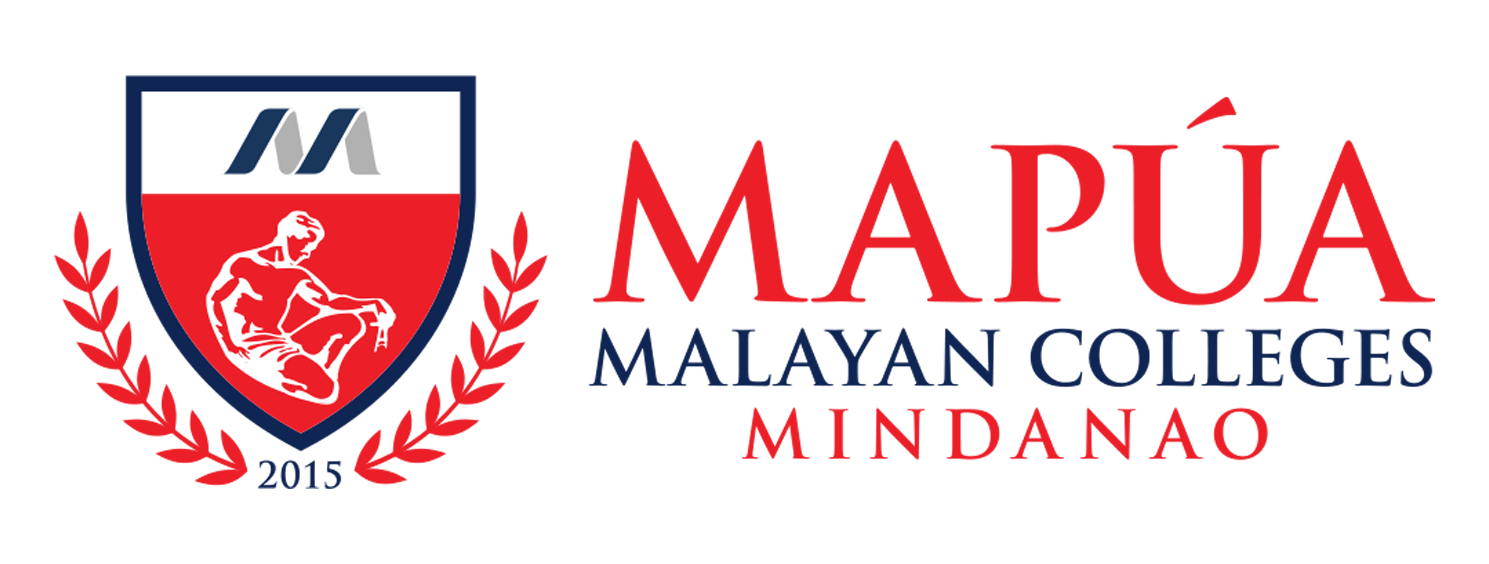Bachelor of Science in Pharmacy
Start your journey in healthcare with a Bachelor of Science in Pharmacy and gain hands-on experience in patient care and pharmaceutical sciences.

BS Pharmacy Program Overview
The Bachelor of Science in Pharmacy is a four-year degree program that is designed to prepare students to be globally competent pharmacists. The program allows students to learn community pharmacy, hospital pharmacy, industrial pharmacy, and manufacturing through extensive lectures, laboratory work, research, and local and international pharmaceutical exposures.
A pharmacy degree from Mapúa MCM provides opportunities for students to learn international pharmaceutical practices through its global internship and exchange program in pharmacy schools abroad, especially those who are part of Arizona State University®’s partner universities.
Graduates of the BS Pharmacy program can explore careers across various fields, including pharmaceutical manufacturing, production planning and inventory control, quality assurance, research and development, regulatory affairs, academe, hospital pharmacy, clinical pharmacy, community pharmacy, cosmetics industry, veterinary industry, clinical research, government service, and sales or marketing.
Enhance Your Pharmacy Education with an International Education
The Bachelor of Science in Pharmacy program at Mapúa MCM is enriched through its collaboration with Arizona State University®, offering a transformative degree in pharmacy education.

Advanced and Immersive Facilities

Global Readiness

Digital Mastery
BS Pharmacy Program Educational Objectives
Three years after graduation, graduates of the BS Pharmacy program shall be:
- Manage drug facilities based on ethical business principles;
- Conduct research on topics and concerns relating to pharmaceuticals.
- Participate in ongoing professional development and lifelong learning.
- Participate in a range of community-based pharmacy-related activities as well as dealing with environmental issues and concerns.
BS Pharmacy Student Outcomes
Graduates of the Bachelor of Science in Pharmacy program are expected to demonstrate the following competencies upon completion.
- Adhere to legal requirements, practice standards and code of ethics for the pharmacy profession.
- Apply knowledge and skills of mathematics, health sciences, social sciences, psychosocial sciences, physical sciences, environmental and natural sciences, and information technology, and other advanced technologies to the practice of pharmacy.
- Apply suitable techniques and principles I the compounding, storage, and manufacturing, distribution, administration, and disposal of pharmaceutical (biologicals) products to ensure quality, safety, and efficacy of products.
- Dispense pharmaceutical products according to practice standards with provision of relevant information based on sound scientific evidence.
- Collaborate effectively with the patients and other members of the health care team.
- Conduct or participate in research activities according to guidelines of scientific research and dissemination of findings for utilization.
- Demonstrate efficiently and effectively key responsibilities in any organization.
- Integrate patient safety with entrepreneurial activities.
- Facilitate learning of selected learners for specific purposes (patients, students, peers, staff, other health professionals).
- Communicate effectively using culturally appropriate language.
Career Opportunities for BS Pharmacy Graduates

Pharmaceutical Manufacturing/Production

Production Planning And Inventory Control

Quality Assurance

Academe

Regulatory Affairs

Research And Development

Hospital Pharmacy

Clinical Pharmacy

Community Pharmacy

Cosmetics Pharmacy

Veterinary Industry

Clinical Research

Government Service

Health Publications

Sales or Marketing

Institutional Pharmacy
Ready to Apply?
If you’re ready to take the next step, start your journey through our quick, easy, and streamlined application process today.

